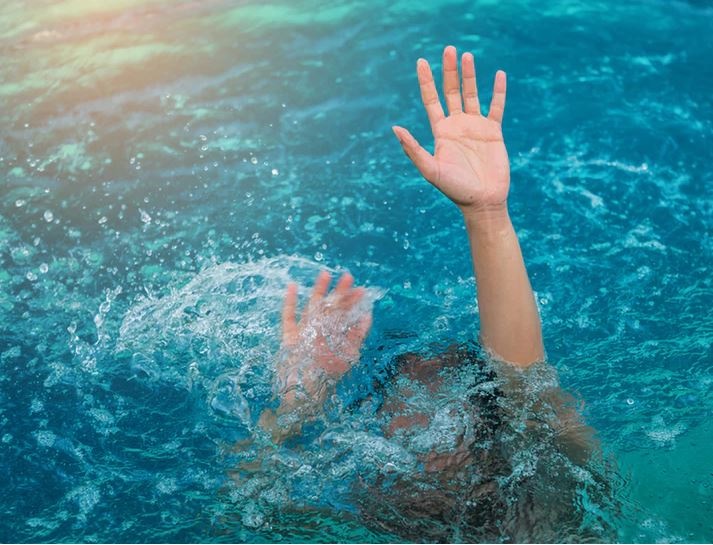
TUESDAY, 25 July is marked as World Drowning Prevention Day.
This year’s theme is ‘Anyone can drown, no one should’.
The National Sea Rescue Institute (NSRI) revealed that every year in Mzansi at least an average of 1477 people die due to drowning.
According to NSRI, drowning often happens during spring as there can be stronger rip currents that pose a risk to swimmers. Additionally, as high tide recedes towards low tide, there may be an increased likelihood of drownings due to changing water conditions.
The increase in the number of drownings during this time has caused NSRI to call for caution around coastlines, especially during spring tide.
Sharing a story of how she lost her daughter from drowning, Wendy Chetty from Parlock in KZN described the day as being tragic.
ALSO READ: Human rights commission to look into babies' deaths
Her daughter, Hannah Chetty (7) died on 2 July. A freak wave came from nowhere and pulled them all into the water while she was walking on the beach shore at a non-swimming beach in Umhlanga Rocks.
Her father tried to rescue her but she slipped from her father's grasp, drifting into deeper waters.
At the time, she was not alone, she was with her mother, and two siblings. Her brother Benjamin (12) and their older sister Tehila (14) but they made it out alive.
When emergency services responded to the scene and initiated resuscitation efforts for almost one hour their efforts went in vain as it was too late for Hannah.
This was one of the hardest pills for Wendy to swallow especially watching her child die but hopes her story will call for clear and visible signage at non-swimming beaches across the country.
"I would never want this tragedy to happen to anyone. We are issuing a call for 'no swimming' signage boards to be more prominently visible on non-swimming beaches to warn people of the dangers.
“Beachgoers should also be very cautious about being near the shoreline when there are no lifeguards are around, especially during spring tide when the water is unpredictable,” she said.
1. Supervision: Always supervise individuals, especially children, around water. Designate a responsible adult who knows how to swim and is focused solely on supervising the swimmers. Avoid distractions like phone calls, reading, or socializing when watching over those in the water.
2. Learn to swim: Encourage everyone in your family to learn how to swim. Formal swimming lessons, starting at an early age, can significantly reduce the risk of drowning. However, remember that swimming lessons do not make a person "drown-proof."
3. Wear life jackets: When engaging in water activities, such as boating or kayaking, always wear properly fitted life jackets, especially if you're not a strong swimmer or in rough water conditions.
4. Fence pools and secure access: If you have a private pool, ensure it is surrounded by a secure fence with a self-closing, self-latching gate. This helps prevent young children from accessing the pool area without supervision.
5. Know the water: When swimming in unfamiliar locations, be aware of the water's depth, currents, and potential hazards. Only swim in areas designated as safe for swimming.
6. Avoid alcohol and drugs: Never mix alcohol or drugs with water activities. Impairment can increase the risk of accidents and drowning.
7. Buddy system: Encourage the buddy system, especially in open water. Always swim with a companion, so there is someone to help in case of an emergency.
8. Learn CPR and First Aid: Knowing CPR (Cardiopulmonary Resuscitation) and First Aid can save lives in water-related emergencies. Enroll in a certified course to learn these life-saving skills.
9. Respect warning signs: Pay attention to warning signs and flags at beaches and other aquatic areas. These signs are there to indicate dangerous conditions and should be followed strictly.
10. Teach water safety: Educate children and adults about water safety and the potential dangers associated with water activities. Regularly remind them of the rules and guidelines for safe behavior around water.
SOURCE: ChatGPT

















